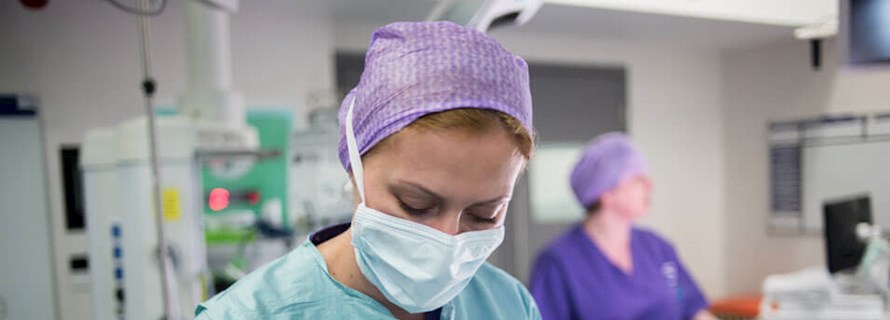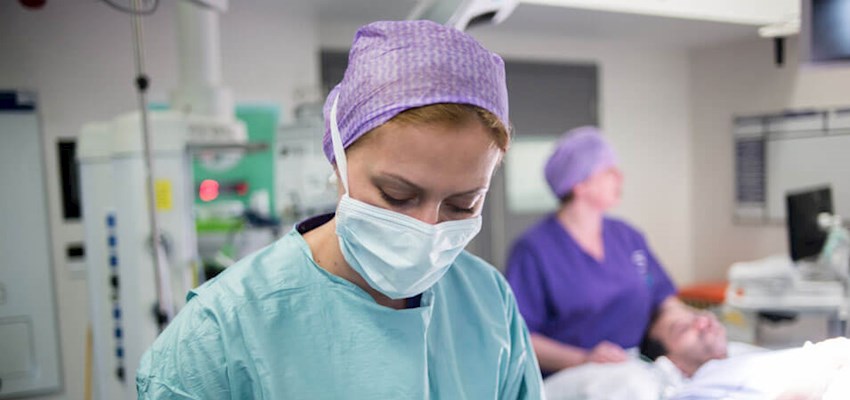Periumbilical hernia
Periumbilical (or paraumbilical) hernia causes and symptoms
What is a periumbilical hernia and what problems can it cause? Our experts at HCA UK outline what to expect.
About periumbilical
Hernias are caused by a weakness in the muscle or tissue wall which allows an internal part of the body to push through. A periumbilical hernia is a common type of hernia that affects the area around your naval (belly button). If there is a weakness or hole around the naval, fatty tissue or parts of your bowel may push through and create a lump.
Need to know
-
Symptoms of a periumbilical hernia icon plus
Often, hernias cause no or very few symptoms. The main symptom associated with a periumbilical hernia is a bulge or lump around your naval (belly button). You may notice the following changes affect the lump:
- The lump can be pushed back in or disappears entirely when you lie down.
- The lump appears, or becomes more prominent, when you cough or strain.
In some cases, the hernia can cause extreme pain and vomiting. This is known as strangulation (incarceration) and is caused when fatty tissue or parts of the bowel get caught in the hernia, requiring an emergency operation. -
Diagnosis icon plus
Your GP or consultant will examine the lump and affected area, which is often enough to identify a hernia. It may be necessary to carry out an ultrasound scan. This is a painless and non-invasive procedure, but it will help to confirm the diagnosis and assess how severe it is.
Your GP or consultant is likely to consider the following factors before recommending surgery:
- The risk of strangulation, which can be higher with certain types of hernia, or if the hernia contains muscle, other tissue or parts of your bowel.
- If your symptoms are changing or getting worse.
- The effect it is having on you and your ability to perform everyday tasks.
-
Potential treatment options icon plus
If periumbilical hernia repair surgery is recommended, the procedure is relatively straightforward. It may involve:
- A general anaesthetic (this takes around 30 minutes).
- Laparoscopic (keyhole) surgery or open surgery
- Keyhole surgery involves two to four tiny cuts made near your naval, so the hernia can be pushed back into your abdomen.
- If the surgery is 'open', a larger cut in skin is made and your recovery time may be longer.
- A special mesh is often used to strengthen the area and prevent the hernia returning. Alternatively, the muscle layers may be stitched together to strengthen them.
Our consultants
We're proud to work with leading experts across a range of medical fields, whose skills are matched by their integrity and compassion.




Our facilities
From complex gastric surgery to straightforward colorectal procedures, we provide exceptional care across our network of hospitals, outpatient centres and specialist clinics.
-
The Wellington Hospital Elstree Waterfront
The Waterfront Business Park
Beaufort House, Elstree Road
Elstree WD6 3BS
Book an appointment
Our team can help with any enquiries or you can make an appointment with one of our experienced consultants.
Call us today
020 7079 4344
This content is intended for general information only and does not replace the need for personal advice from a qualified health professional.